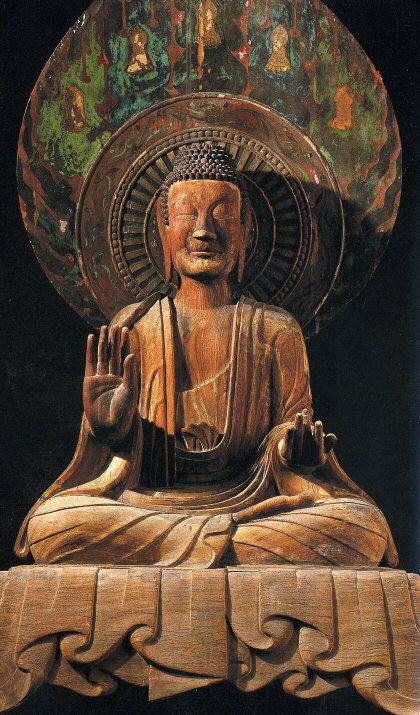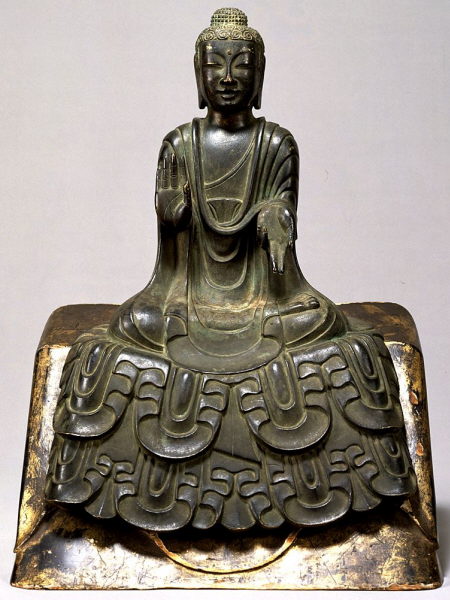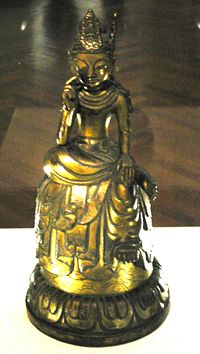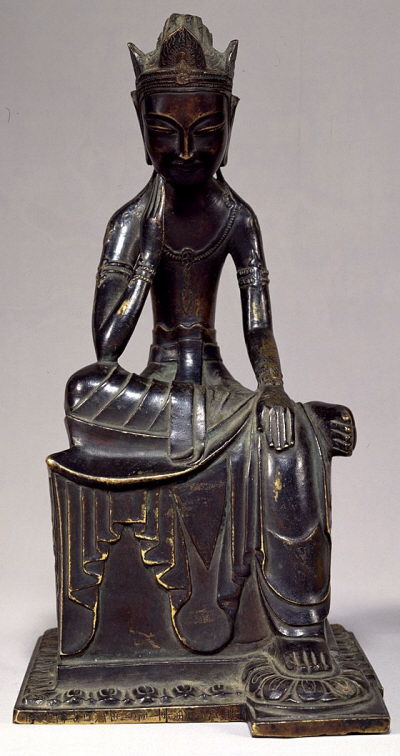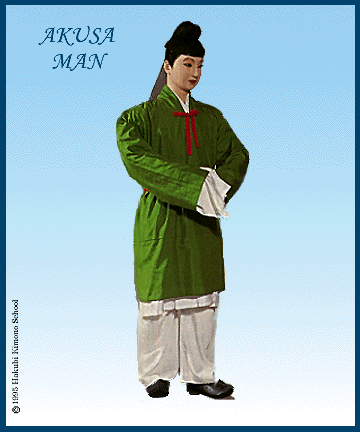Asuka period
The Asuka period (Japanese飞鸟 时代, Asuka jidai, 538 or 592-710 ) is a period of Japanese history. It took its name from the fact that the imperial residence at that time was mostly in Asuka- kyō. Art History one divides the Asuka period further in the Suiko period (推 古 时代, Suiko jidai ) of 552-645, with 552 officially Buddhism was adopted, and the Hakuho period (白凤 时代, Hakuho jidai ) of 645-710.
The Prince Shōtoku Taishi ( 574-622 ) from this period is credited with the first written Constitution of Japan ( 17 -article constitution ), which contained 17 paragraphs on ethics and politics.
In the year 645 began with Nakatomi no Kamatari the rise of the Fujiwara family, whose influence should end by the samurai in the 11th century. During this time, led a management and tax reform on the Chinese model as well as through land reform, for which the state buying up farmland in order to distribute it evenly to the farmers. The new rulers set the china- oriented policy is continuing: The Taika reforms ( 645 ) is building one state and administration largely on the Chinese model to. The property is personally managed by the Emperor and a new power center is a new capital ( ritsuryō System). Censuses, a unified control registers and land surveys to simplify administration. The result is thus a centralized bureaucratic state. However, while the main items are different than in China always awarded to certain noble families, so one wants to insure their loyalty. Serfdom in the various provinces will be abolished. Effective immediately, all the emperors assumed.
Modern construction techniques, new medical knowledge, music and literature come to the opposite China still primitive -looking Japan. Some buildings from this period have been preserved in Hōryū -ji today.

